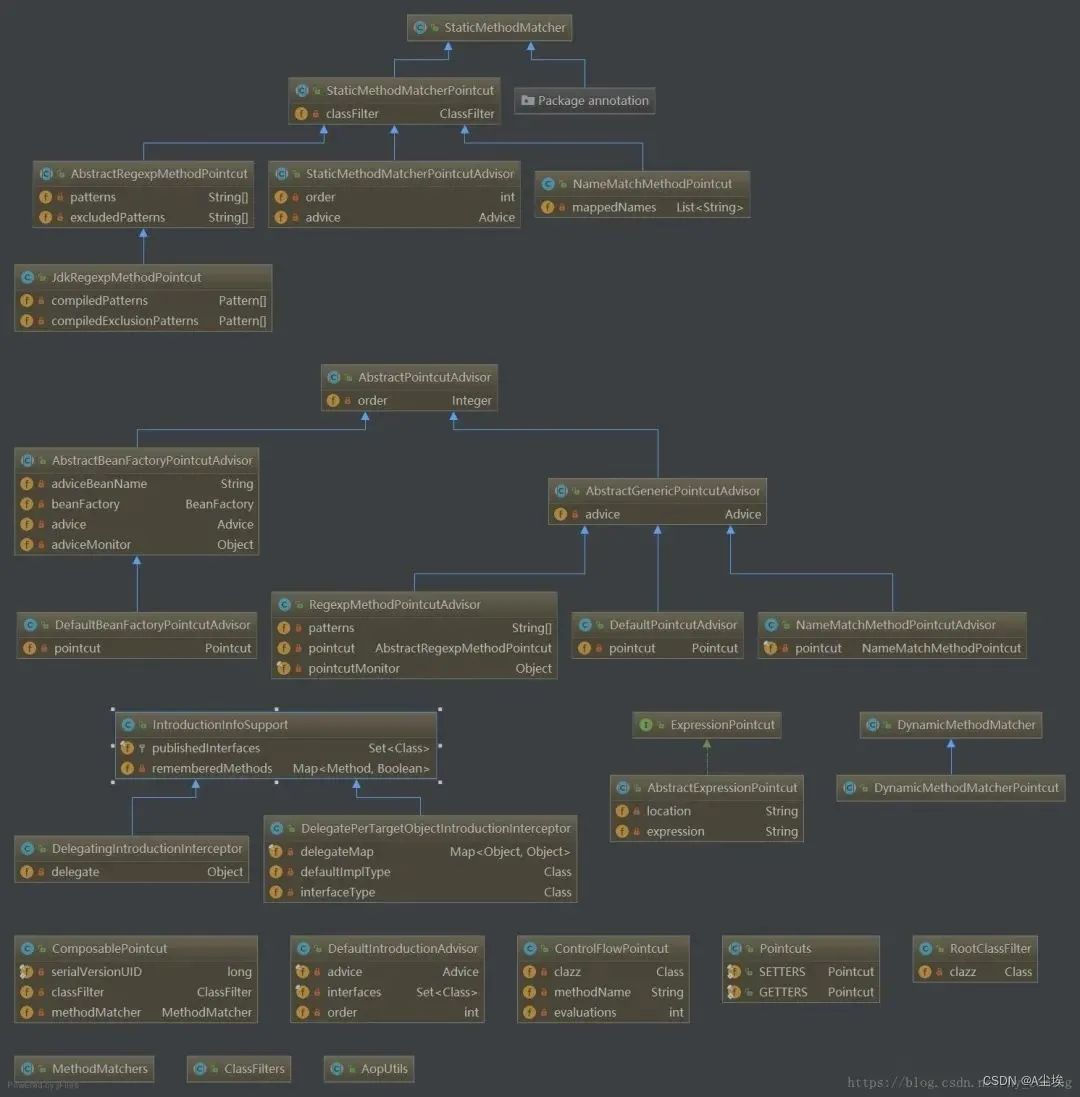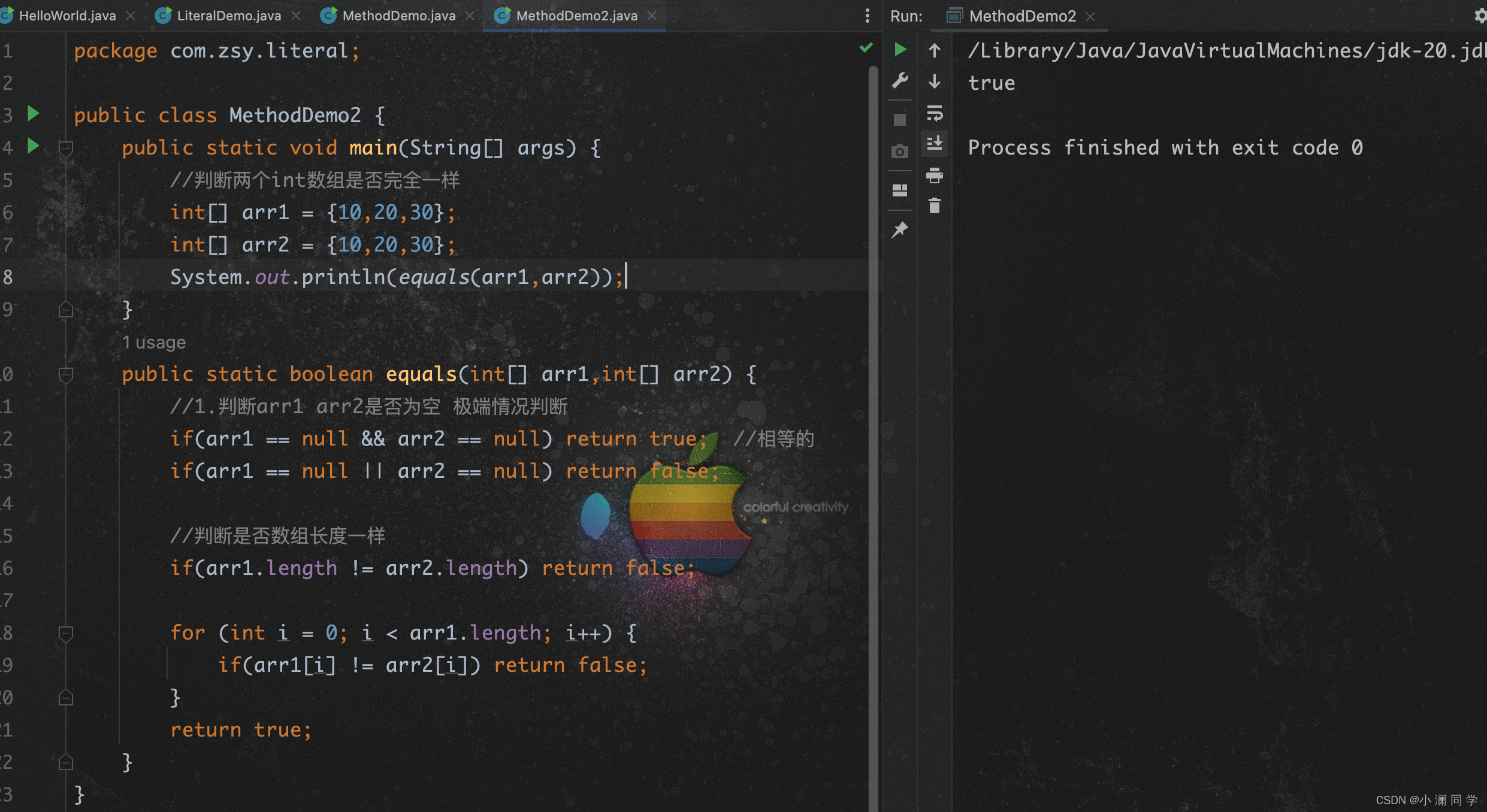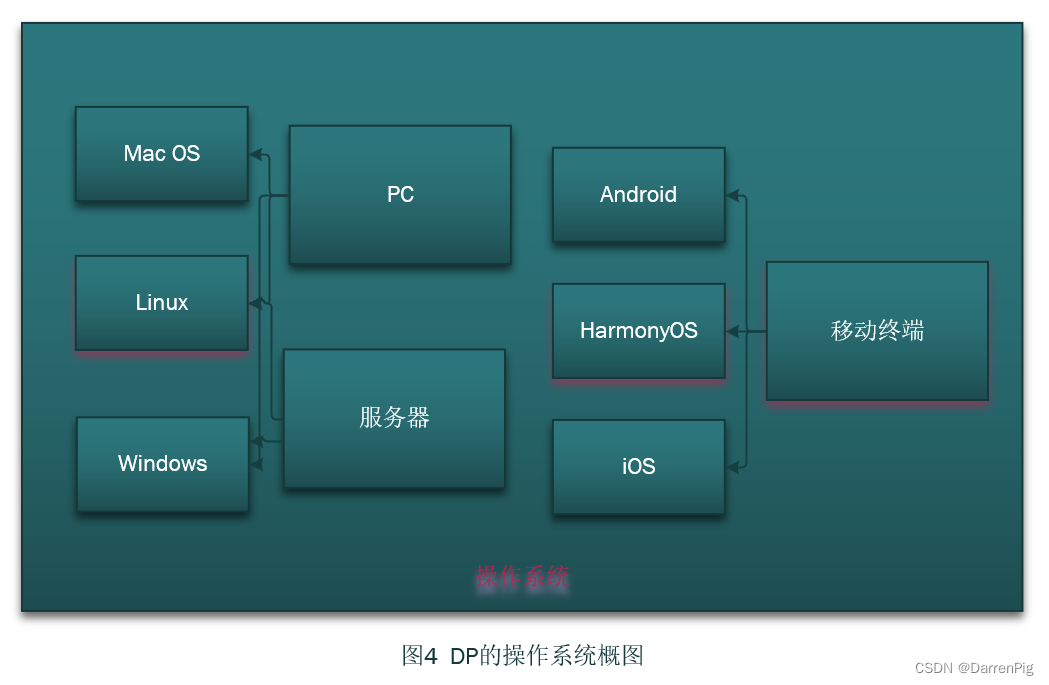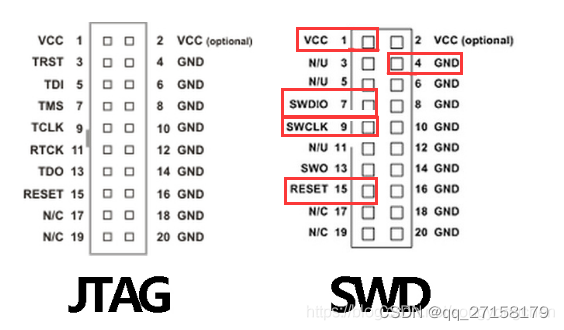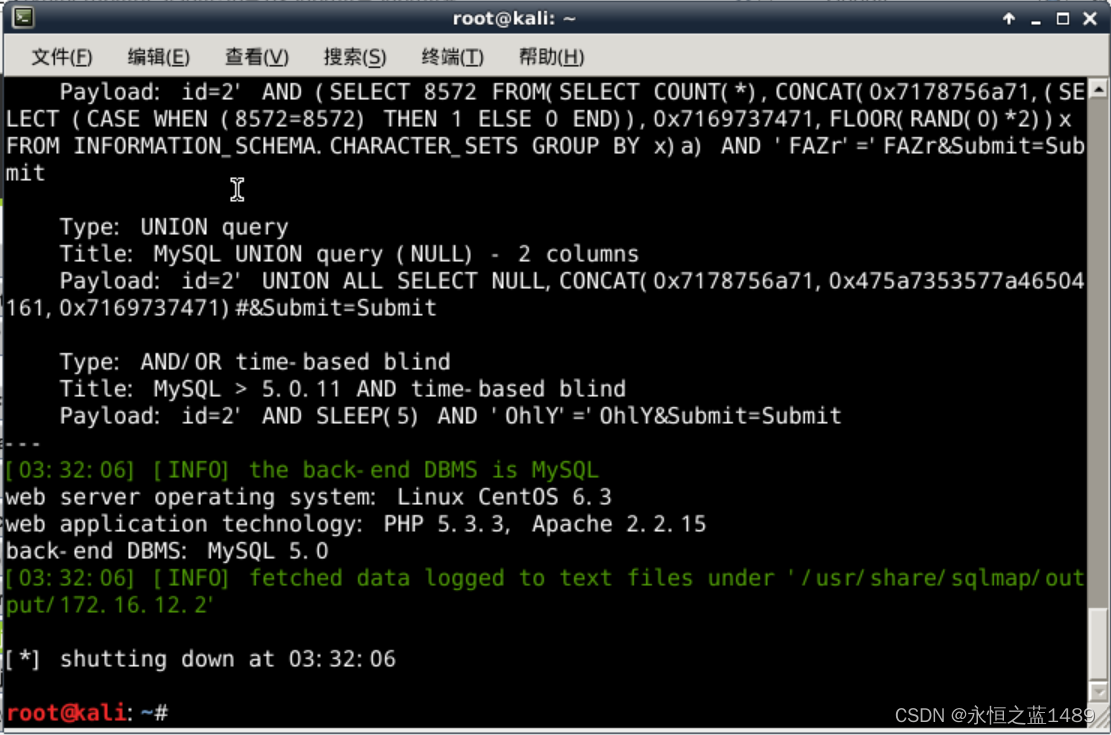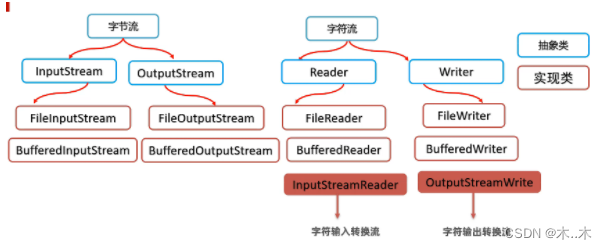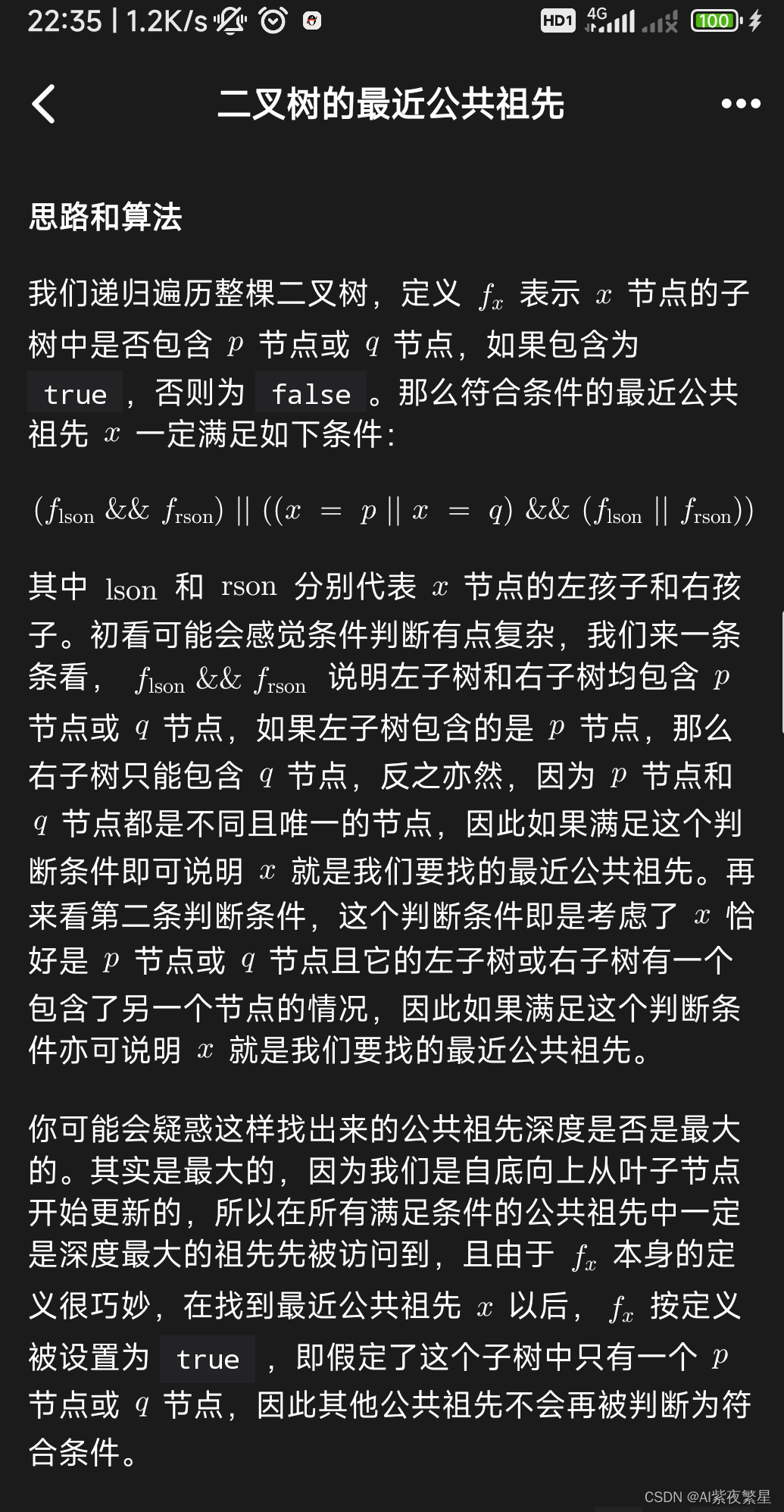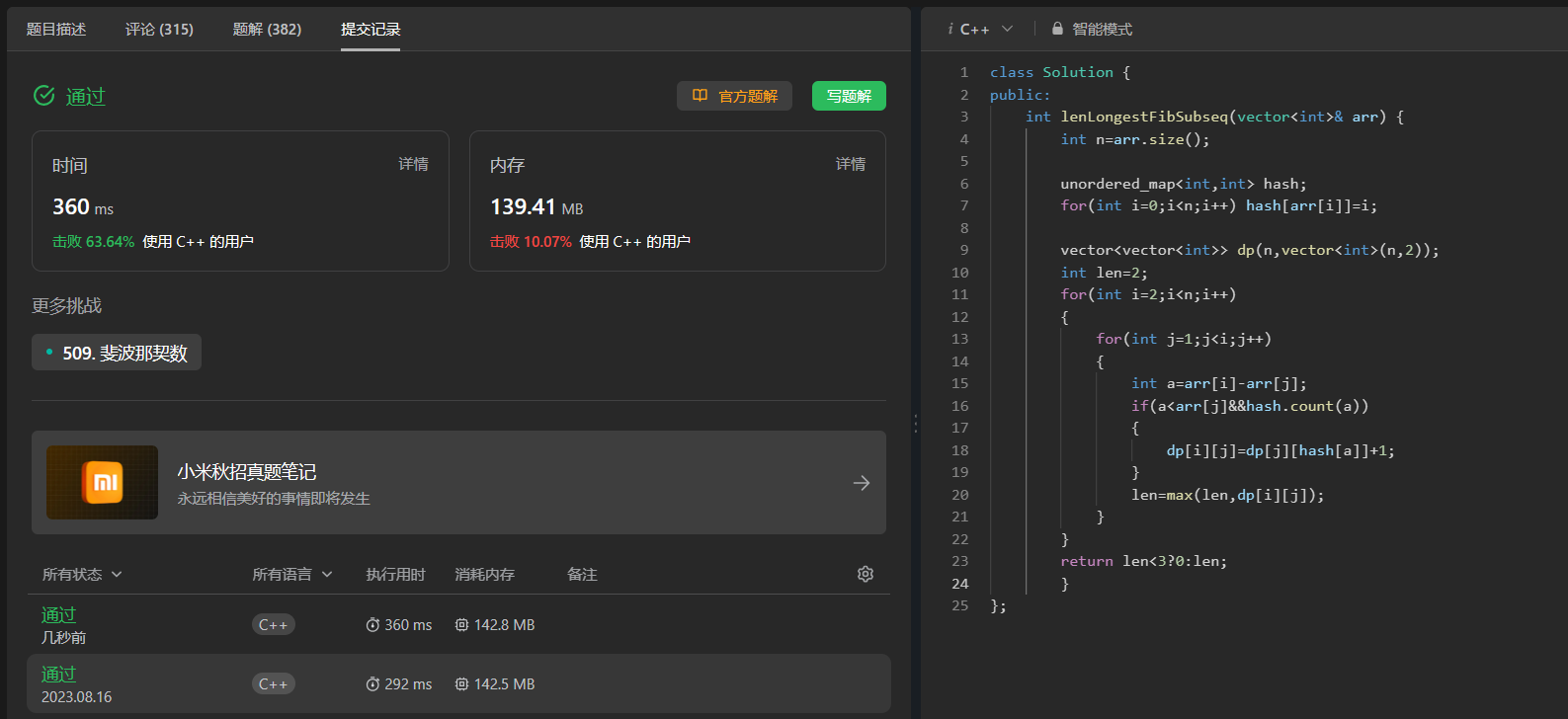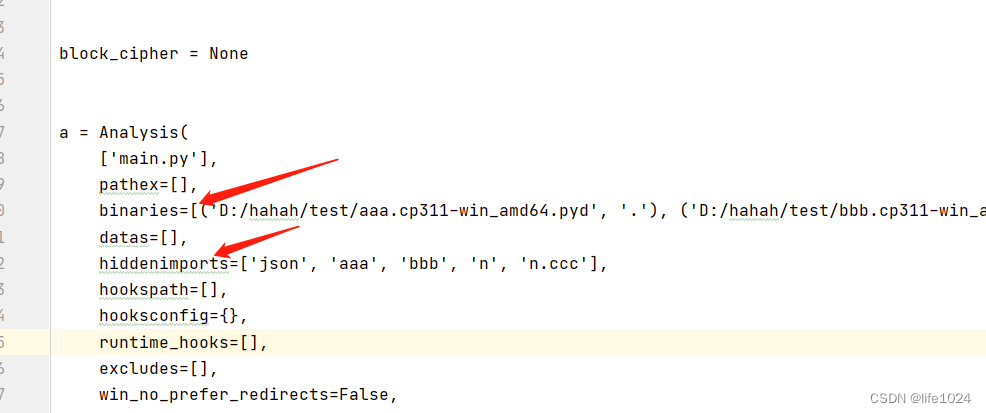文章目录
- 1.根据二叉树创建字符串
- 2. 二叉树的层序遍历
- 3.二叉树的层序遍历Ⅱ
- 4.二叉树的最近公共祖先
- 1.法一:定位p、q在左还是右 分类讨论
- 2.法二:利用stack求出p、q路径 求相交值
- 5.二叉搜索树与双向链表
- 1.法一:递归:递归过程修正指针指向
- 2.数组:将二叉搜索树进行中序遍历可以得到由小到大的顺序排列
- 6.前序中序遍历序列构造二叉树
- 7.中序后序遍历序列构造二叉树
- 8.二叉树的前序遍历【非递归】
- 9.二叉树的中序遍历【非递归】
- 10.二叉树的后序遍历【非递归】
- 1.法一:栈模拟实现递归
- 2.法二:前序遍历修改

1.根据二叉树创建字符串
根据二叉树创建字符串
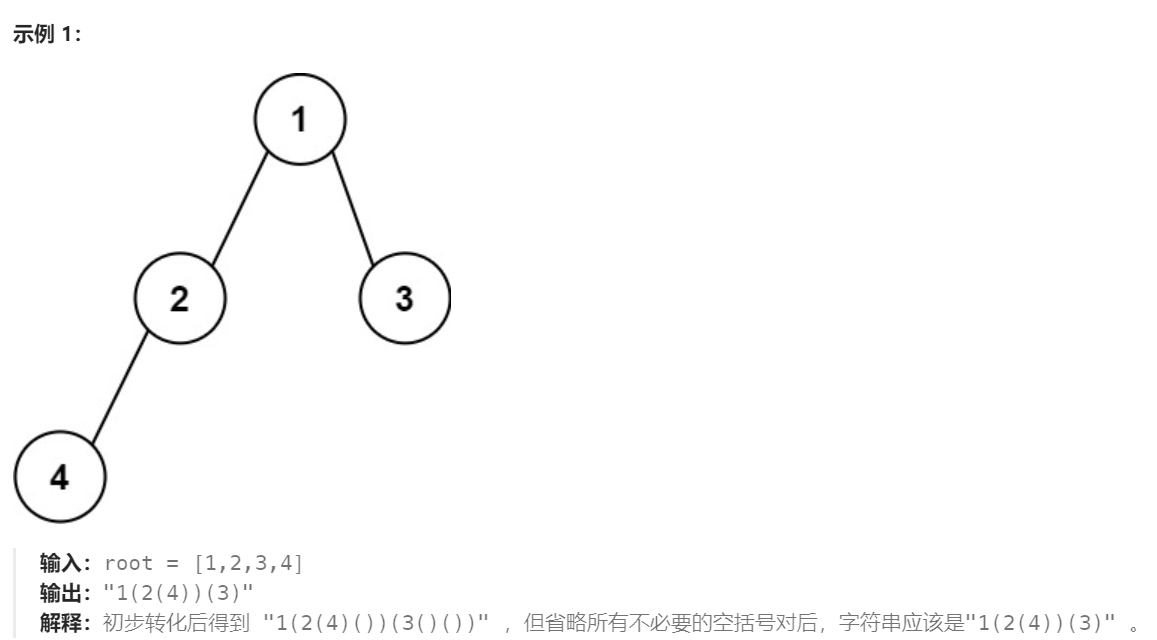
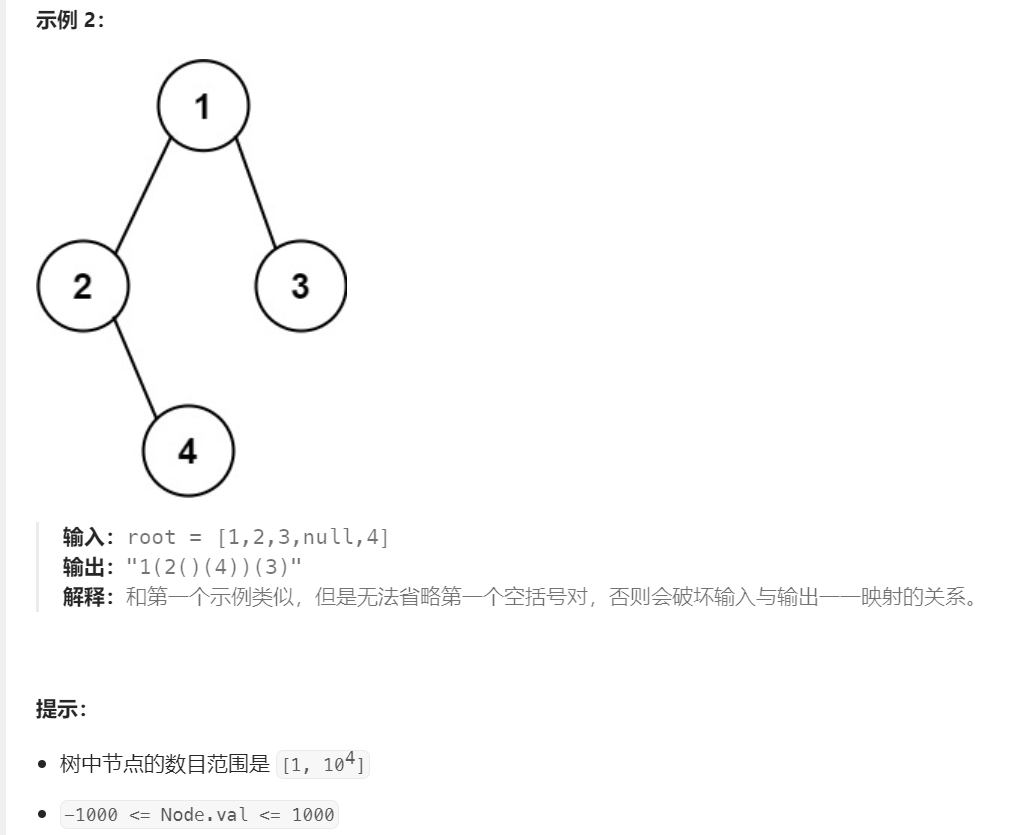
struct TreeNode
{
int val;
TreeNode* left;
TreeNode* right;
TreeNode()
: val(0)
, left(nullptr)
, right(nullptr)
{
}
TreeNode(int x)
: val(x)
, left(nullptr)
, right(nullptr)
{
}
TreeNode(int x, TreeNode* eft, TreeNode* right)
: val(x)
, left(left)
, right(right)
{
}
};
//图一分析:
//左不空 (左递归直至遇空返回上一层)
//然后在当层判断右子树
//右空 (返回上层 + )
//右不空 (左递归直至遇空返回上一层)
//然后在当层判断右子树
//右空 (返回上一层 + )
//图二分析:
//左不空 (左递归直至遇空返回上一层)
//然后在当层判断右子树
//右不空 (左递归直至遇空返回上一层)
//然后在当层判断右子树
//右空 (返回上层 + )
//右不空 (左递归直至遇空返回上一层)
//左不空 右空 --省略
// 左空时第一个if两个条件才判断完
//左空 右空 --省略
//左空 右不空 --不省略
class Solution
{
public:
string tree2str(TreeNode* root)
{
if (root == nullptr)
return "";
string str = to_string(root->val);
//遍历完根后遍历左 遍历左的前提是左不空 如果左空看看右空不空
//如果右也空没必要遍历 return
//如果右不空 正常遍历
if (root->left || root->right)
{
str += '(';
str += tree2str(root->left);
str += ')';
}
if (root->right) //遍历完左后遍历右 遍历右的前提是右不空 //右不空 正常遍历 右空 【看注释知右空的一律省略 直接return】
{
str += '(';
str += tree2str(root->right);
str += ')';
}
return str;
}
};
2. 二叉树的层序遍历
二叉树的层序遍历

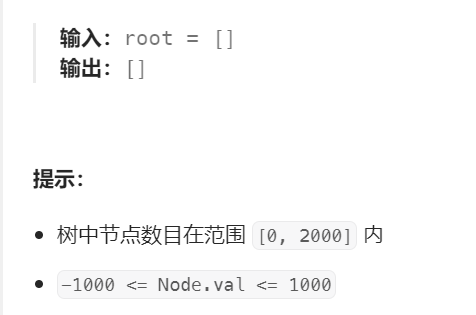
点击 二叉树【C】 查看上篇博客中的层序遍历
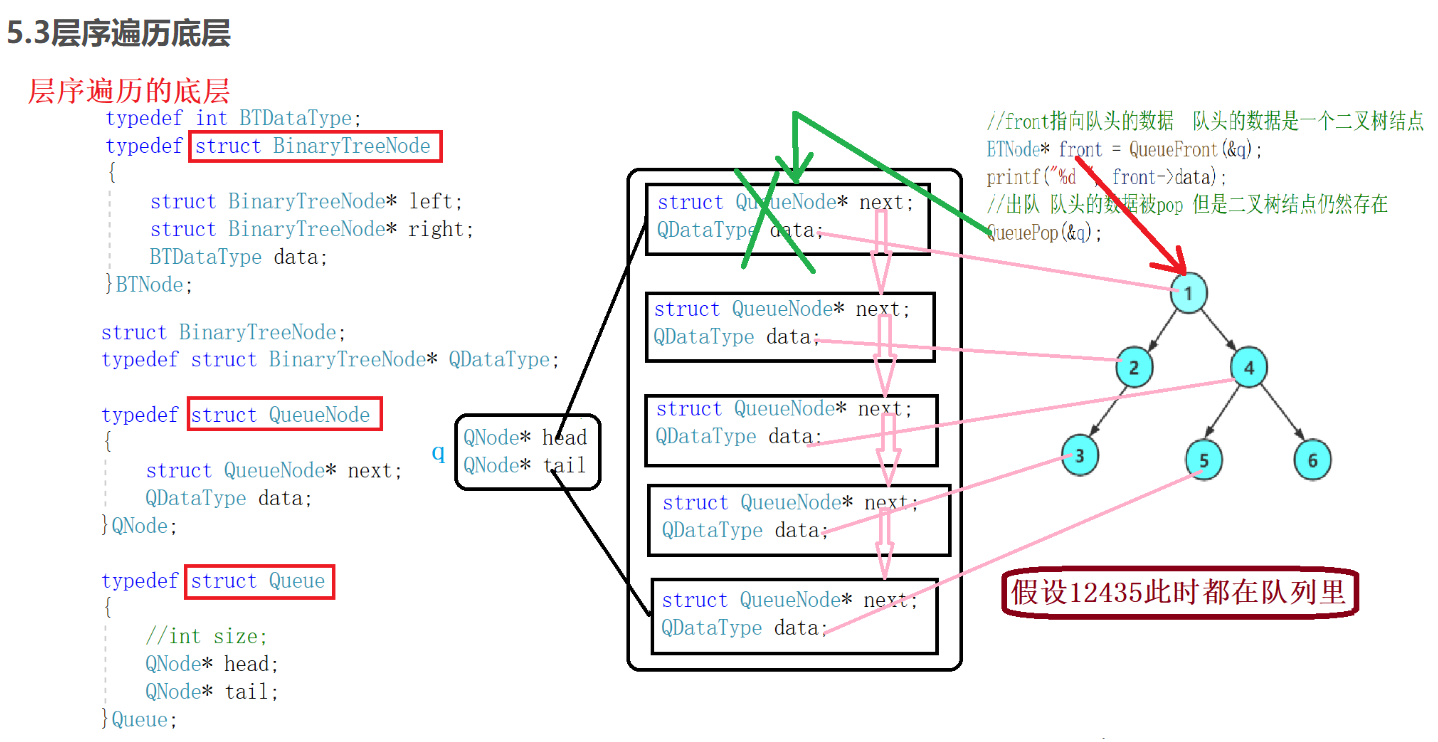
struct TreeNode
{
int val;
TreeNode* left;
TreeNode* right;
TreeNode()
: val(0)
, left(nullptr)
, right(nullptr)
{
}
TreeNode(int x)
: val(x)
, left(nullptr)
, right(nullptr)
{
}
TreeNode(int x, TreeNode* eft, TreeNode* right)
: val(x)
, left(left)
, right(right)
{
}
};
class Solution
{
public:
vector<vector<int>> levelorder(TreeNode* root)
{
queue<TreeNode*> q;
int LevelNodeCount = 0;
if (root)
{
q.push(root);
LevelNodeCount = 1;
}
vector<vector<int>> vv;
while (!q.empty())
{
vector<int> v;
while (LevelNodeCount--)
{
TreeNode* front = q.front();
q.pop();
v.push_back(front->val);
if (front->left)
q.push(front->left);
if (front->right)
q.push(front->right);
}
vv.push_back(v);
LevelNodeCount = q.size();
}
return vv;
}
};
3.二叉树的层序遍历Ⅱ
二叉树的层序遍历Ⅱ
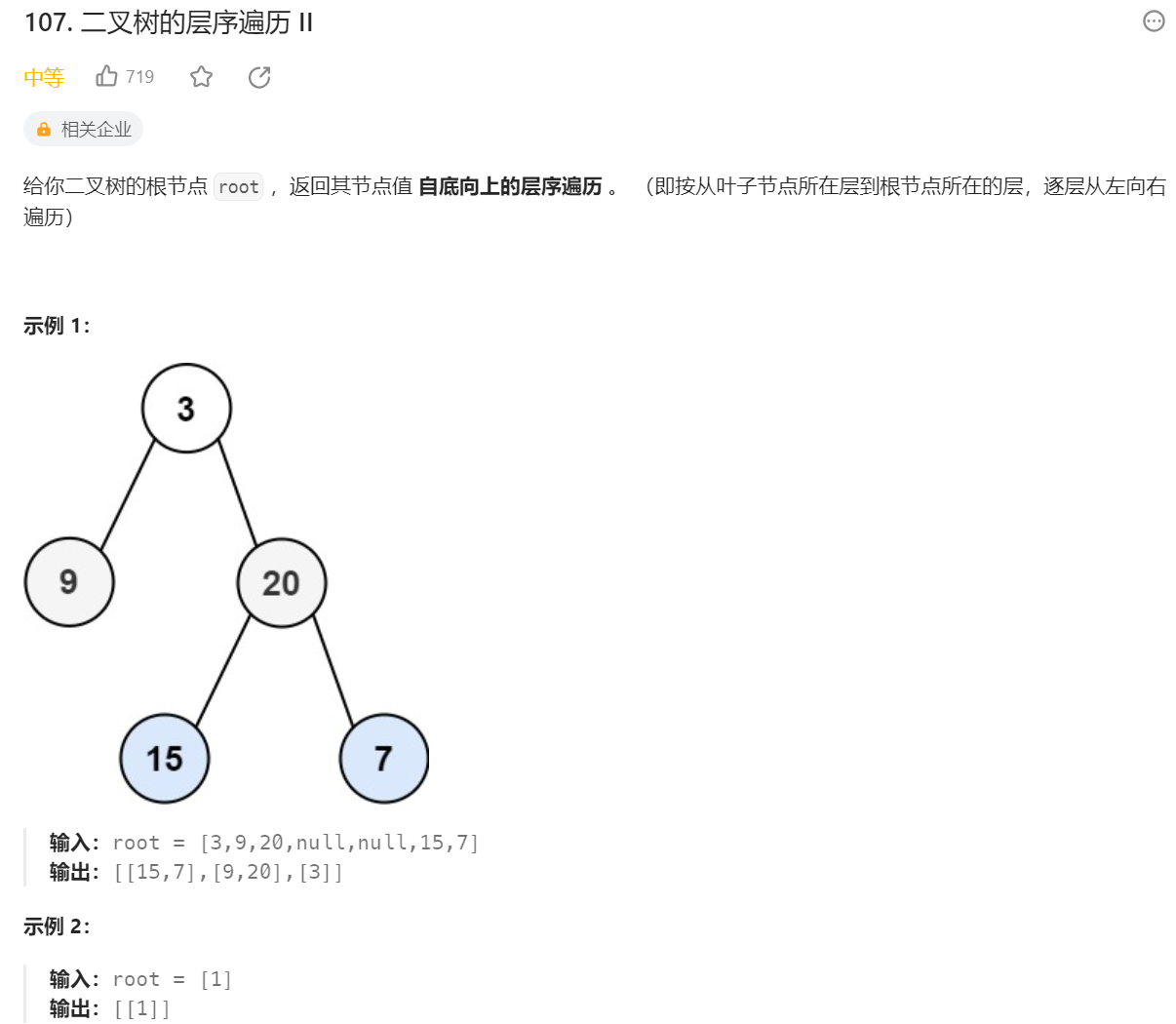
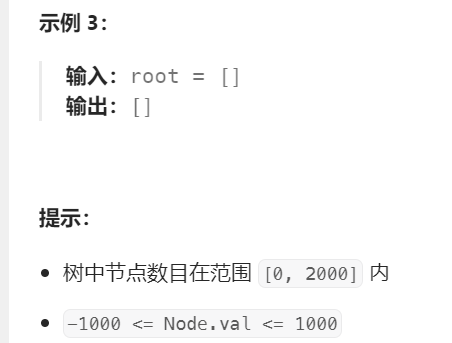
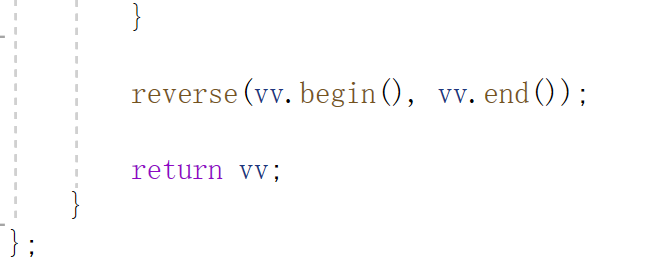
class Solution
{
public:
vector<vector<int>> levelorder(TreeNode* root)
{
queue<TreeNode*> q;
int LevelNodeCount = 0;
if (root)
{
q.push(root);
LevelNodeCount = 1;
}
vector<vector<int>> vv;
while (!q.empty())
{
vector<int> v;
while (LevelNodeCount--)
{
TreeNode* front = q.front();
q.pop();
v.push_back(front->val);
if (front->left)
q.push(front->left);
if (front->right)
q.push(front->right);
}
vv.push_back(v);
LevelNodeCount = q.size();
}
reverse(vv.begin(), vv.end());
return vv;
}
};
4.二叉树的最近公共祖先
二叉树的最近公共祖先
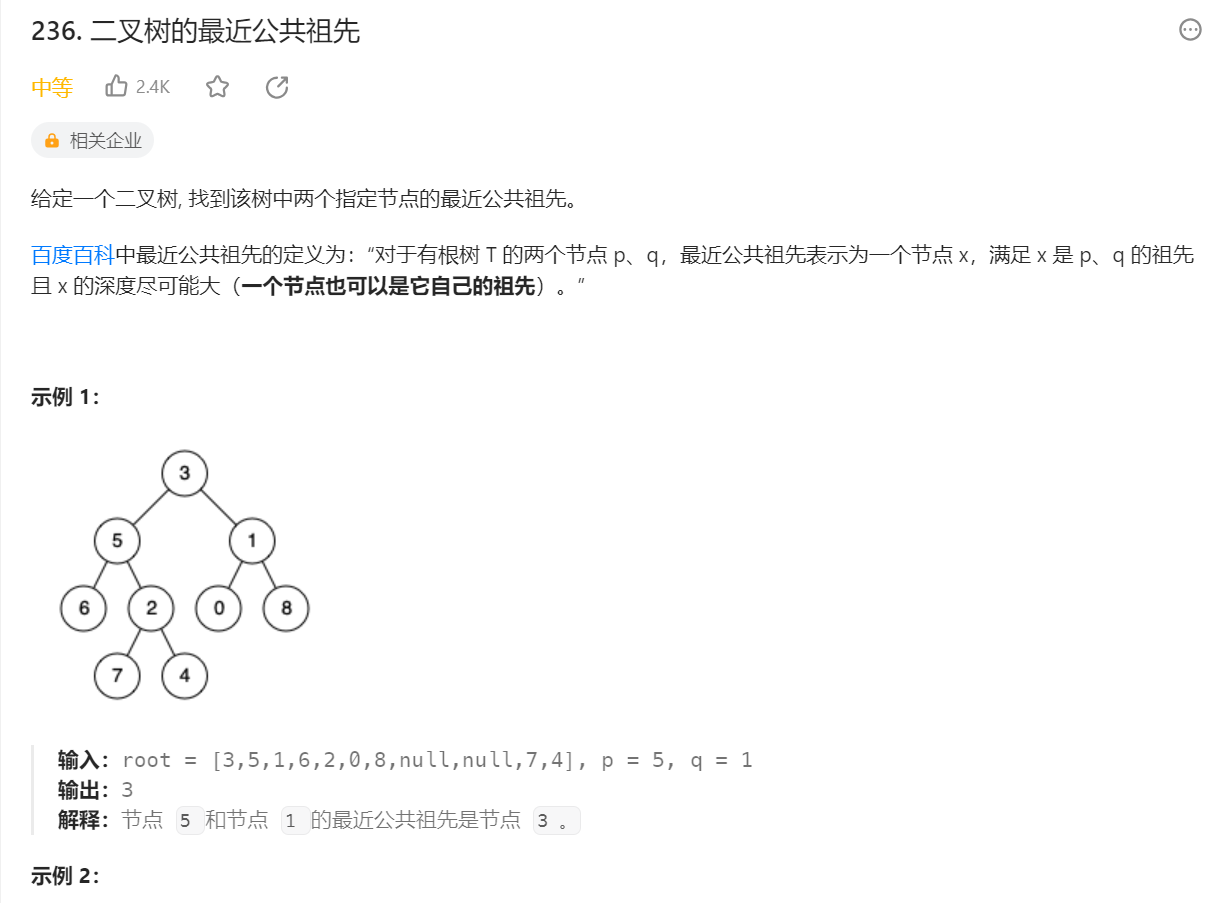
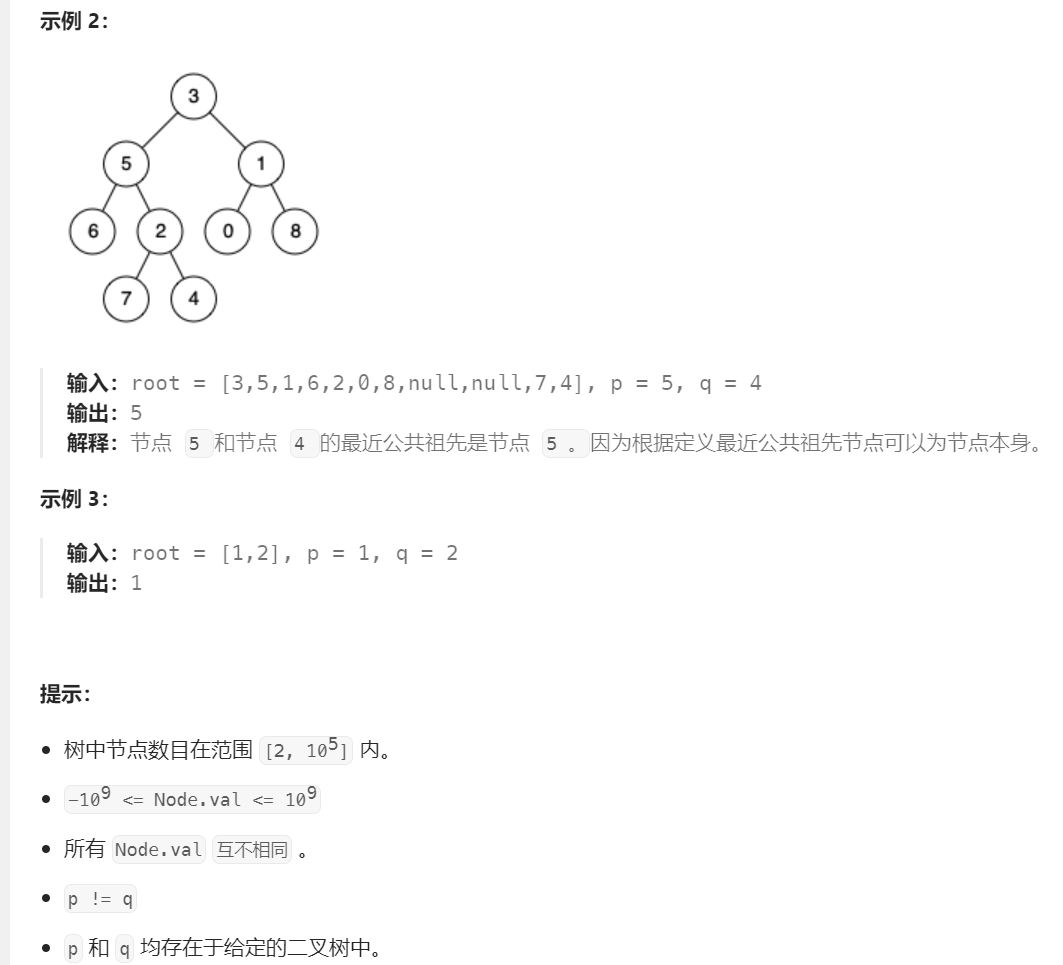
1.法一:定位p、q在左还是右 分类讨论
T(N)=O(N^2)
最坏情况:树为单链即均在左侧或右侧,p、q均在单侧的底部
判断p、q的左右侧时 n-2 n-1
假设p、q均在左侧 接下来递归到左子树 继续判断p、q中是否为根?在左?在右?n-3 n-2 …
class Solution
{
public:
bool IsInTree(TreeNode* root, TreeNode* x)
{
if (root == nullptr)
return false;
return root == x
|| IsInTree(root->left, x)
|| IsInTree(root->right,x);
}
//求p、q的最近公共祖先
TreeNode* lowestCommonAncestor(TreeNode* root, TreeNode* p, TreeNode* q)
{
if (root == nullptr)
return nullptr;
//p、q其中一个是根 那么根就为obj
if (root == p || root == q)
return root;
//判断p、q在左 ?右
bool pInLeft = IsInTree(root->left, p);
bool pInRight = !pInLeft;
bool qInLeft = IsInTree(root->left, q);
bool qInRight = !qInLeft;
//一左一右==》root为obj
if ((pInLeft && qInRight) || (pInRight && qInLeft))
return root;
//均左==》递归到左子树
if (pInLeft && qInLeft)
return lowestCommonAncestor(root->left, p, q);
//均右==》递归到右子树
else
return lowestCommonAncestor(root->right, p, q);
}
};
2.法二:利用stack求出p、q路径 求相交值
class Solution
{
public:
bool GetPath(TreeNode* root, TreeNode* pobj, stack<TreeNode*>& route)
{
if (root == nullptr)
return false;
route.push(root);
if (root == pobj)
return true;
if (GetPath(root->left, pobj, route))
return true;
if (GetPath(root->right, pobj, route))
return true;
route.pop();
return false;
}
TreeNode* lowestCommonAncestor(TreeNode* root, TreeNode* p, TreeNode* q)
{
stack<TreeNode*> pRoute;
stack<TreeNode*> qRoute;
GetPath(root, p, pRoute);
GetPath(root, q, qRoute);
//找路径相遇点
while (pRoute.size() != qRoute.size())
{
if (pRoute.size() > qRoute.size())
pRoute.pop();
else
qRoute.pop();
}
while (pRoute.top() != qRoute.top())
{
pRoute.pop();
qRoute.pop();
}
return pRoute.top();
}
};
5.二叉搜索树与双向链表
二叉搜索树与双向链表
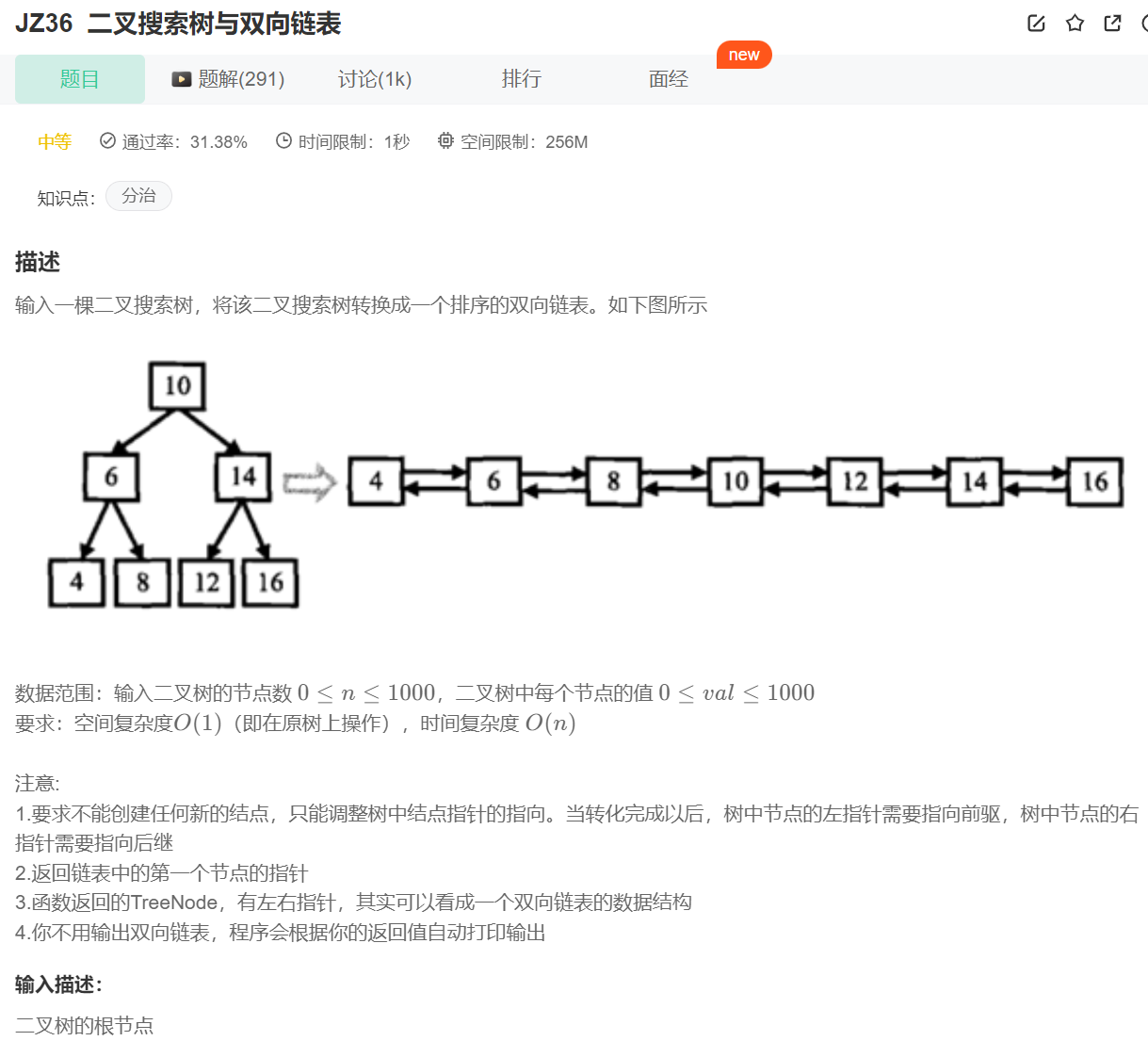
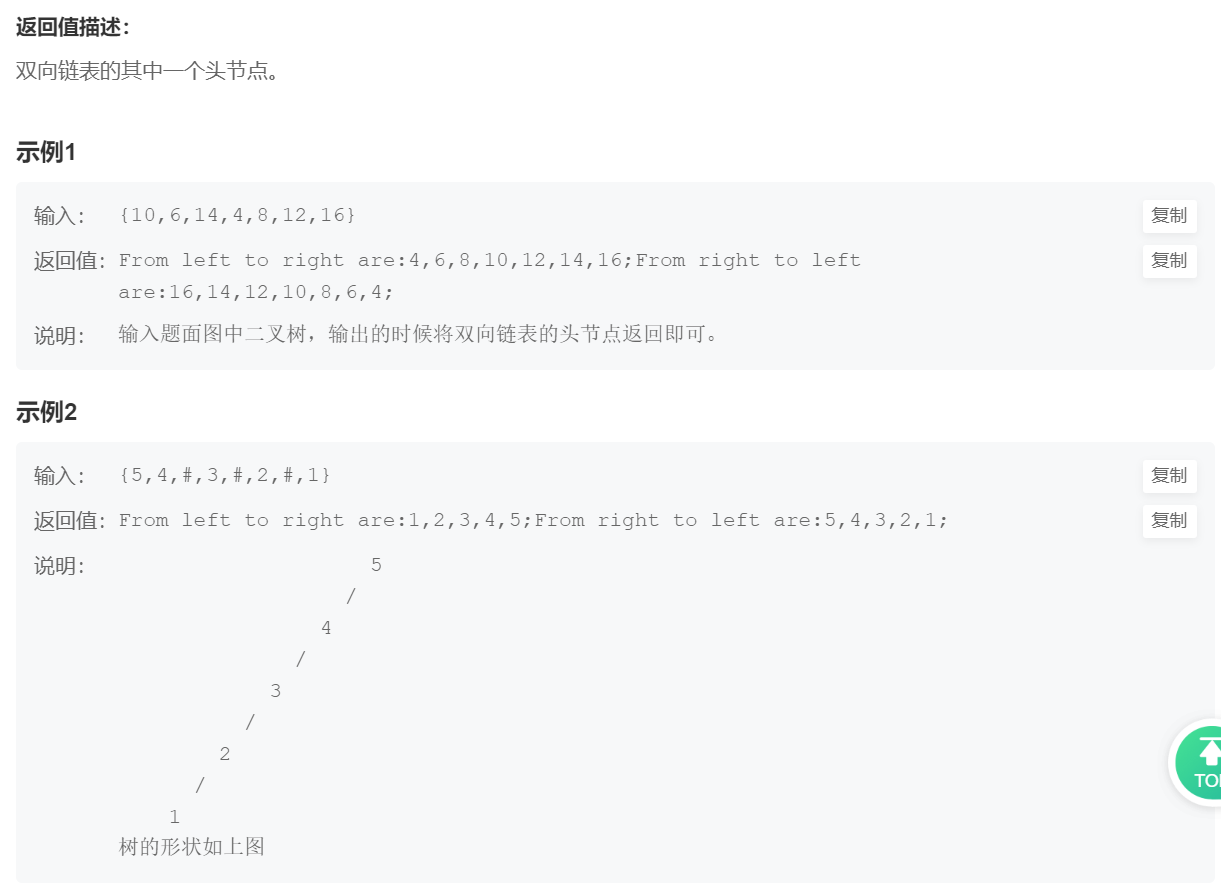
1.法一:递归:递归过程修正指针指向
class Solution
{
public:
//中序遍历
void InOrderConvert(TreeNode* cp, TreeNode*& prv)
{
if (cp == nullptr)
return;
InOrderConvert(cp->left, prv);//一路向左 遇空返回上一层
//前左指向前驱
cp->left = prv;//left==prv即left指向prv所指向的结点
//前驱非空 前结点的right指向后面那个结点
if (prv)
prv->right = cp;
//更新prv
prv = cp;
//一路向右 遇空返回上一层
InOrderConvert(cp->right, prv);
}//==》当前层函数结束 返回上一层
TreeNode* Convert(TreeNode* pRootOfTree)
{
TreeNode* prev = nullptr;
InOrderConvert(pRootOfTree, prev);
TreeNode* head = pRootOfTree;
//当传一颗空树 head在此就发挥了作用
while (head && head->left)
head = head->left;
return head;
}
};
2.数组:将二叉搜索树进行中序遍历可以得到由小到大的顺序排列
/*
struct TreeNode
{
int val;
struct TreeNode *left;
struct TreeNode *right;
TreeNode(int x)
:val(x)
, left(NULL)
, right(NULL)
{
}
};
*/
class Solution
{
public:
vector<TreeNode*> v;
void inorder(TreeNode* root)
{
if (!root) return;
inorder(root->left);
v.push_back(root);
inorder(root->right);
}
TreeNode* Convert(TreeNode* pRootOfTree)
{
if (!pRootOfTree)
return pRootOfTree;
inorder(pRootOfTree);
for (int i = 0; i < v.size() - 1; i++)
{
v[i]->right = v[i + 1];
v[i + 1]->left = v[i];
}
return v[0];
}
};
6.前序中序遍历序列构造二叉树
前序中序遍历序列构造二叉树
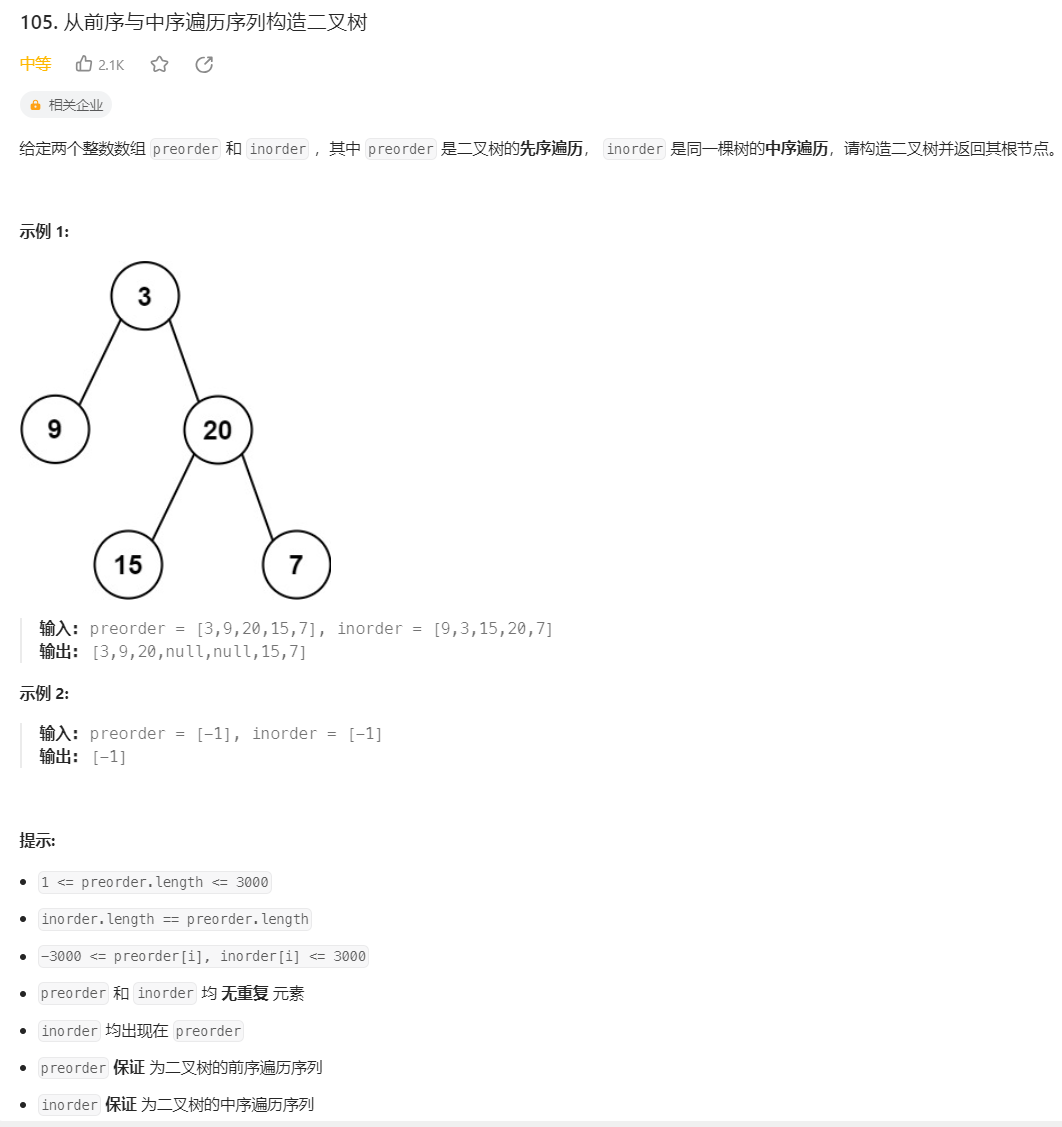
class Solution
{
public:
TreeNode* _buildTree(vector<int>& preorder, vector<int>& inorder, int& i, int begin, int end)
{
if (begin > end)
return nullptr;
//遍历inorder 定位到根节点
//[begin, x - 1] x [x + 1, end]
int x = begin;
for (x = begin; x <= end; ++x)
{
if (inorder[x] == preorder[i])
break;
}
TreeNode* root = new TreeNode(preorder[i++]);
root->left = _buildTree(preorder, inorder, i, begin, x - 1);
root->right = _buildTree(preorder, inorder, i, x + 1, end);
return root;
};
TreeNode* buildTree(vector<int>& preorder, vector<int>& inorder)
{
int index = 0;//前序遍历数组第一个元素即根节点
return _buildTree(preorder, inorder, index, 0, inorder.size() - 1);
}
};
7.中序后序遍历序列构造二叉树
中序后序遍历序列构造二叉树
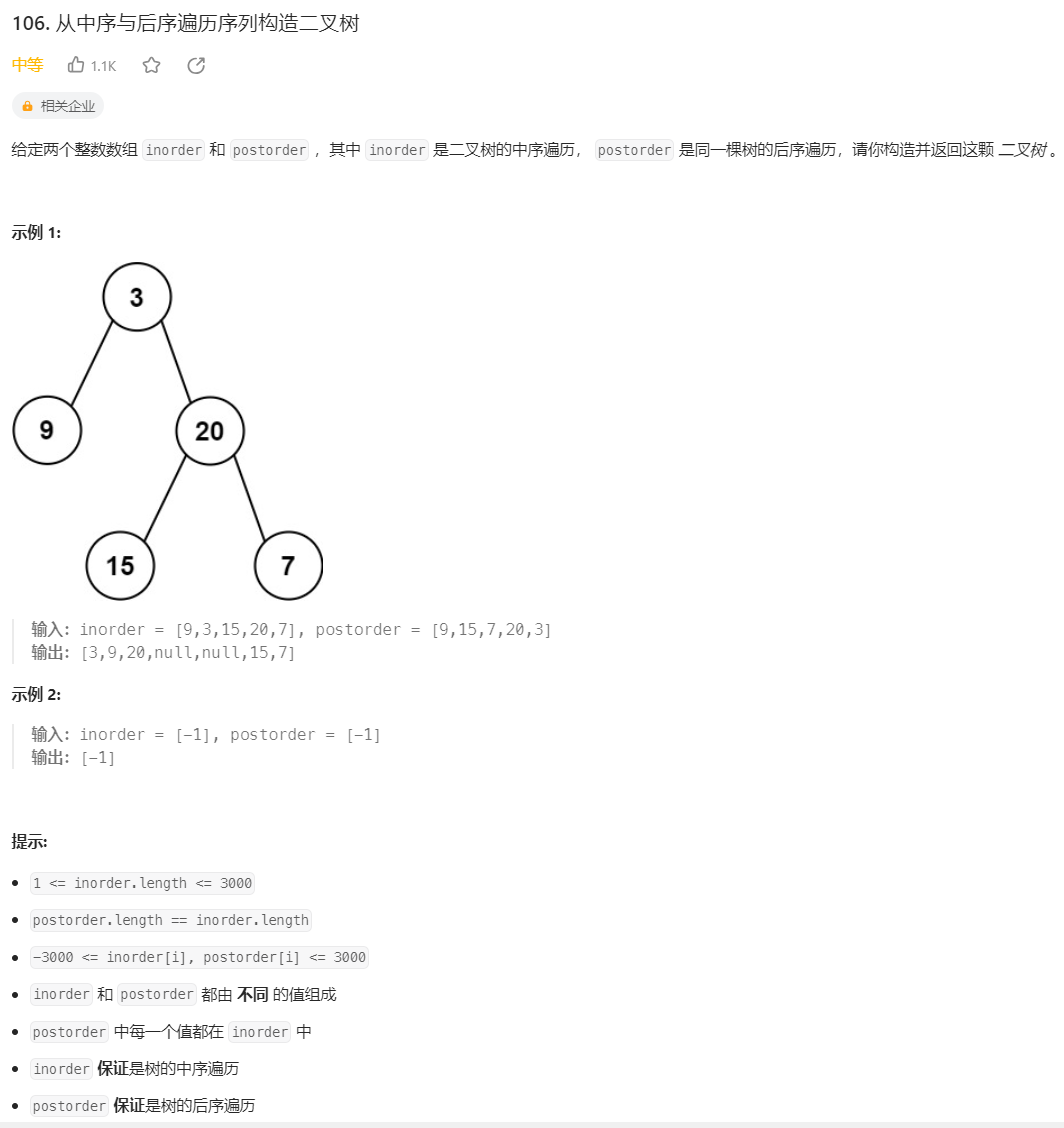
class Solution
{
public:
TreeNode* _buidTree(vector<int>& inorder, vector<int>& postorder, int& i, int begin, int end)
{
if (begin > end)
return nullptr;
int x = begin;
for (x = begin; x <= end; ++x)
{
if (inorder[x] == postorder[i])
break;
}
TreeNode* root = new TreeNode(postorder[i--]);
root->right = _buidTree(inorder, postorder, i, x + 1, end);
root->left = _buidTree(inorder, postorder, i, begin, x - 1);
return root;
}
TreeNode* buildTree(vector<int>& inorder, vector<int>& postorder)
{
int index = postorder.size() - 1;
return _buidTree(inorder, postorder, index, 0, inorder.size() - 1);
}
};
8.二叉树的前序遍历【非递归】
二叉树的前序遍历
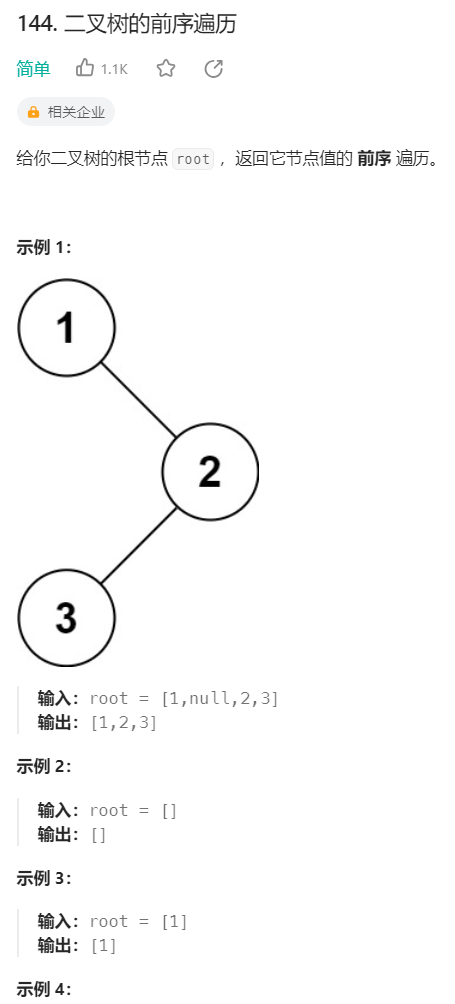
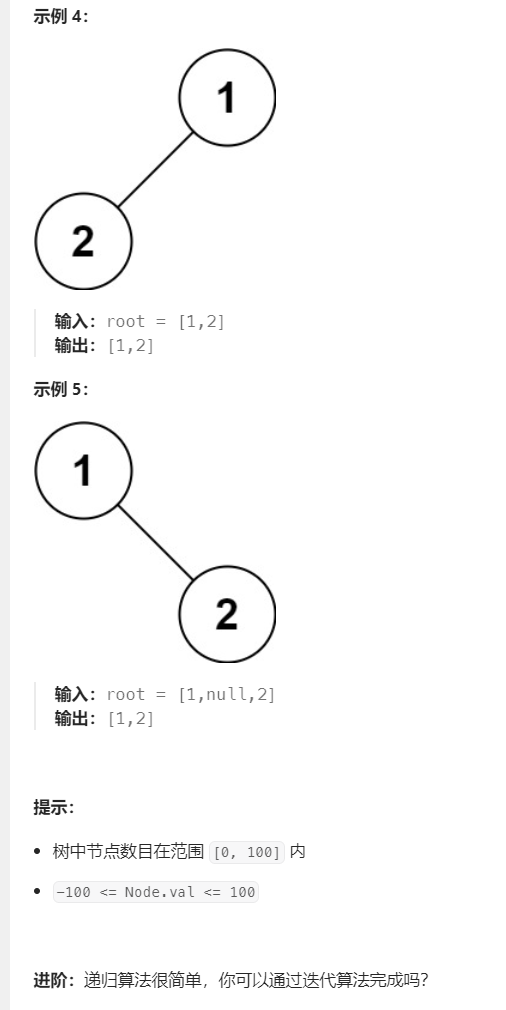
vector<int> preorderTraversal(TreeNode* root)
{
vector<int> v; //v存储遍历的数据
stack<TreeNode*> st; //利用栈的特点 调整读取数据的顺序存入到v中
TreeNode* cp = root;
while (cp || !st.empty())
{
//左路结点
while (cp)
{
v.push_back(cp->val);
st.push(cp);
cp = cp->left;
}
//左路结点的右子树
TreeNode* top = st.top();
cp = top->right;
st.pop();
}
return v;
}
9.二叉树的中序遍历【非递归】
二叉树的中序遍历
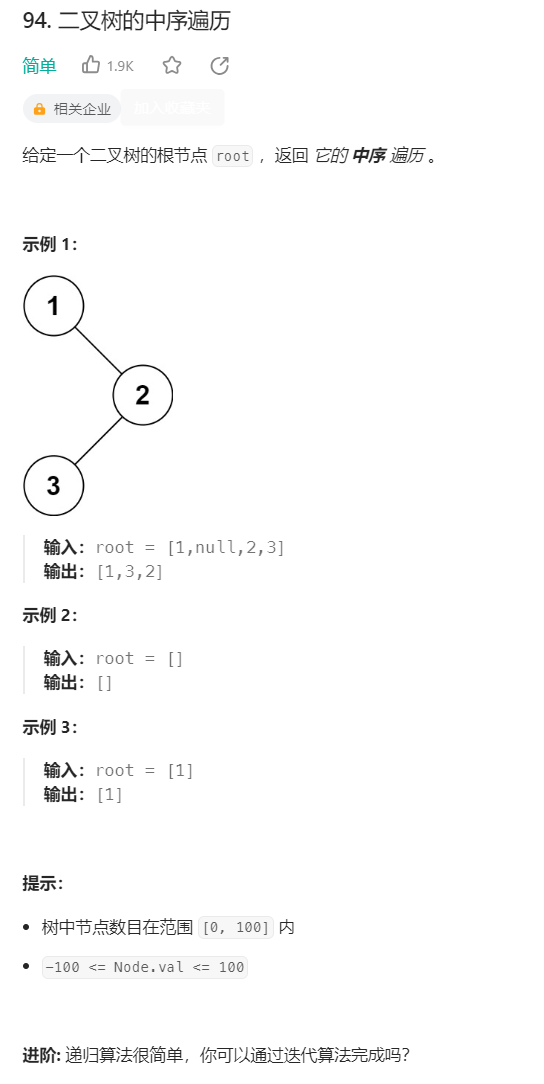
vector<int> inorderTraversal(TreeNode* root)
{
vector<int> v;
stack<TreeNode*> st;
TreeNode* cp = root;
while (cp || !st.empty())
{
while (cp)
{
st.push(cp);
cp = cp->left;
}
TreeNode* top = st.top();
v.push_back(top->val);
cp = top->right;
st.pop();
}
return v;
};
10.二叉树的后序遍历【非递归】
二叉树的后序遍历
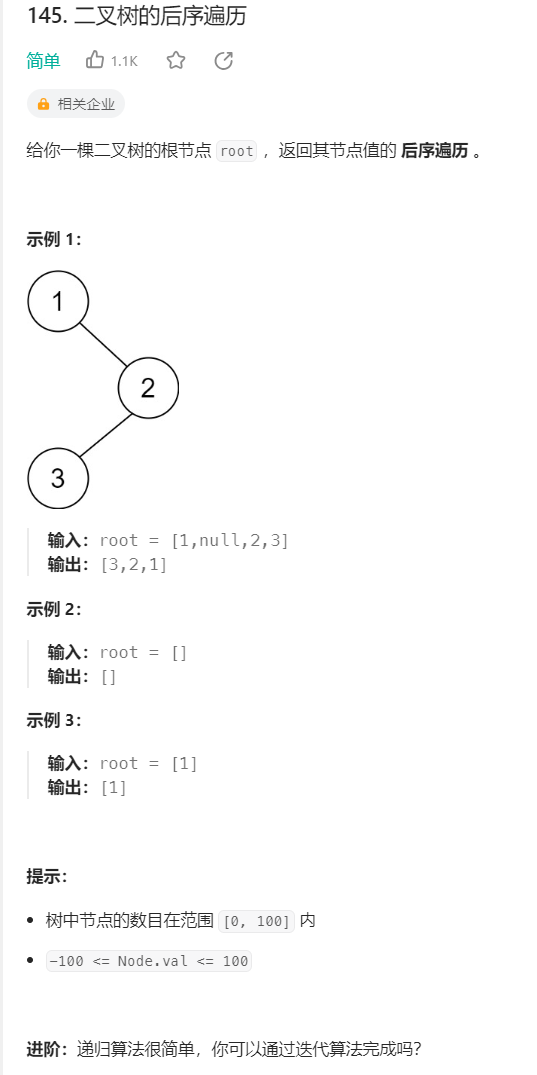
1.法一:栈模拟实现递归
vector<int> postorderTraversal(TreeNode* root)
{
vector<int> v;
stack<TreeNode*> st;
TreeNode* cp = root;
TreeNode* prv = nullptr;
while (cp || !st.empty())
{
while (cp)
{
st.push(cp);
cp = cp->left;
}
TreeNode* top = st.top();
if (top->right == nullptr || top->right == prv)
{
v.push_back(top->val);
prv = top;
st.pop();
}
else
{
cp = top->right;
}
}
return v;
};
2.法二:前序遍历修改
class Solution
{
public:
vector<int> postorderTraversal(TreeNode* root)
{
vector<int> v;
stack<TreeNode*> st;
st.push(root);
while (!st.empty())
{
TreeNode* top = st.top();
st.pop();
if (top)
v.push_back(top->val);
else
continue;
st.push(top->left);
st.push(top->right);
}
reverse(v.begin(), v.end());
return v;
}
};

